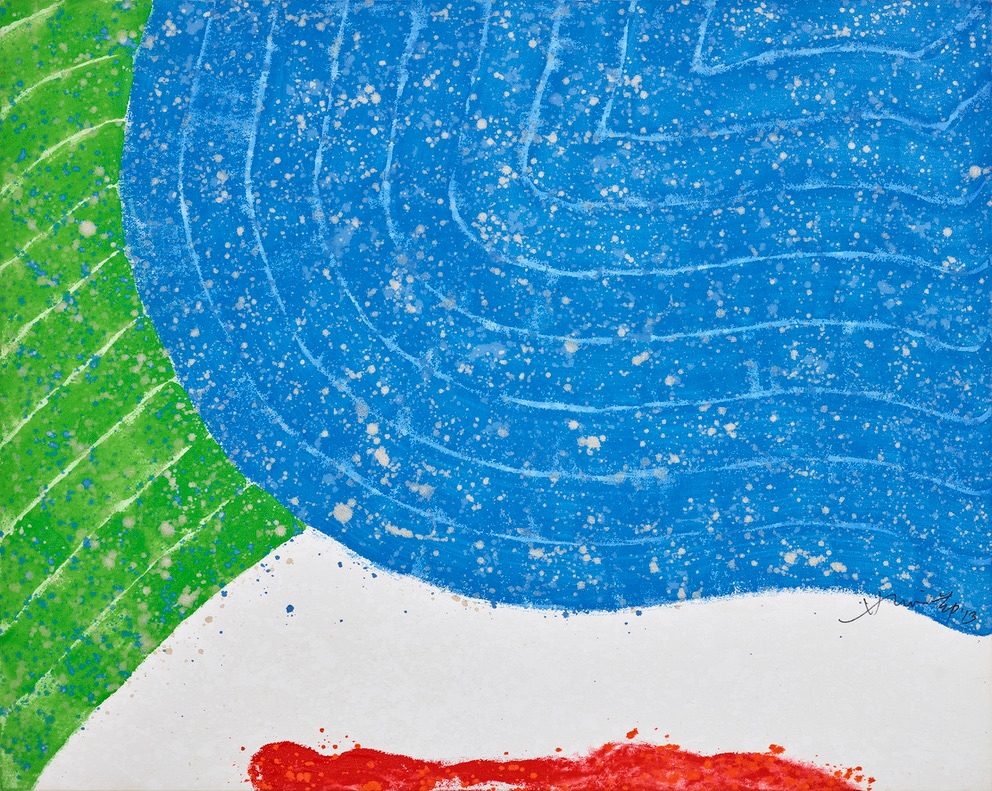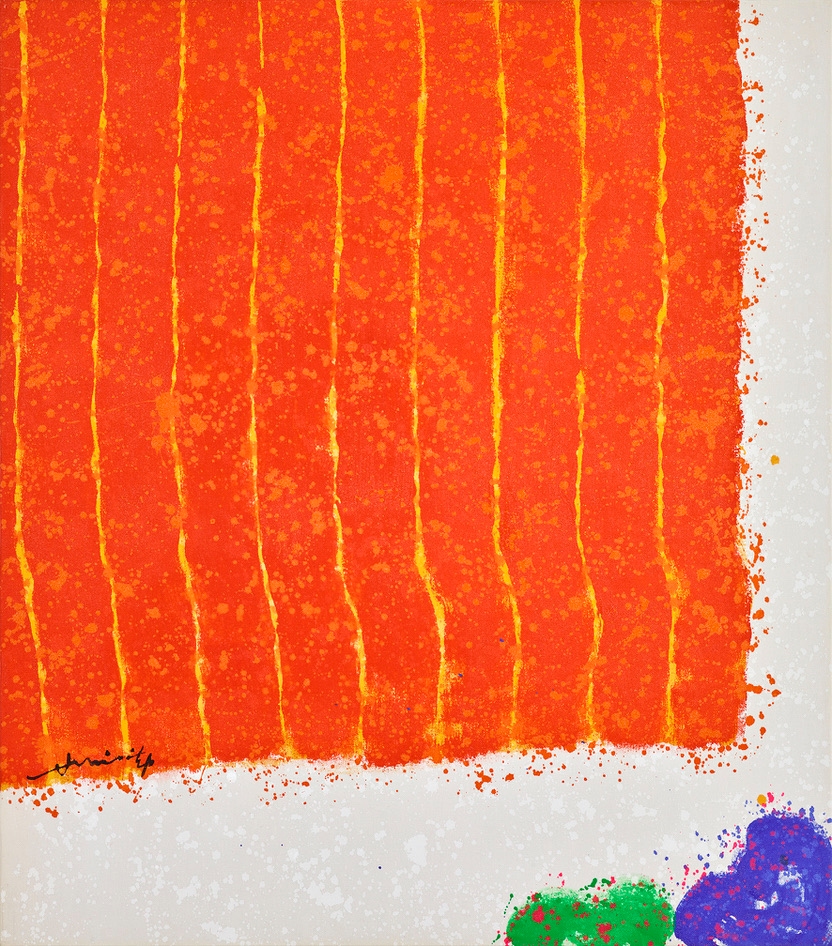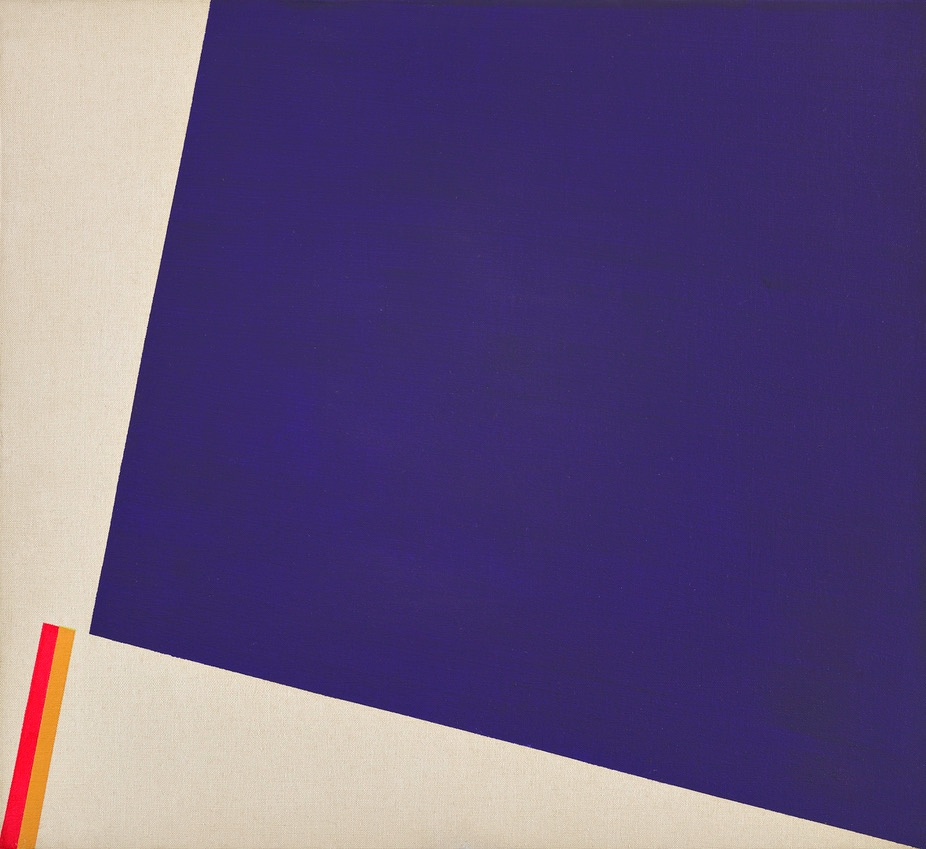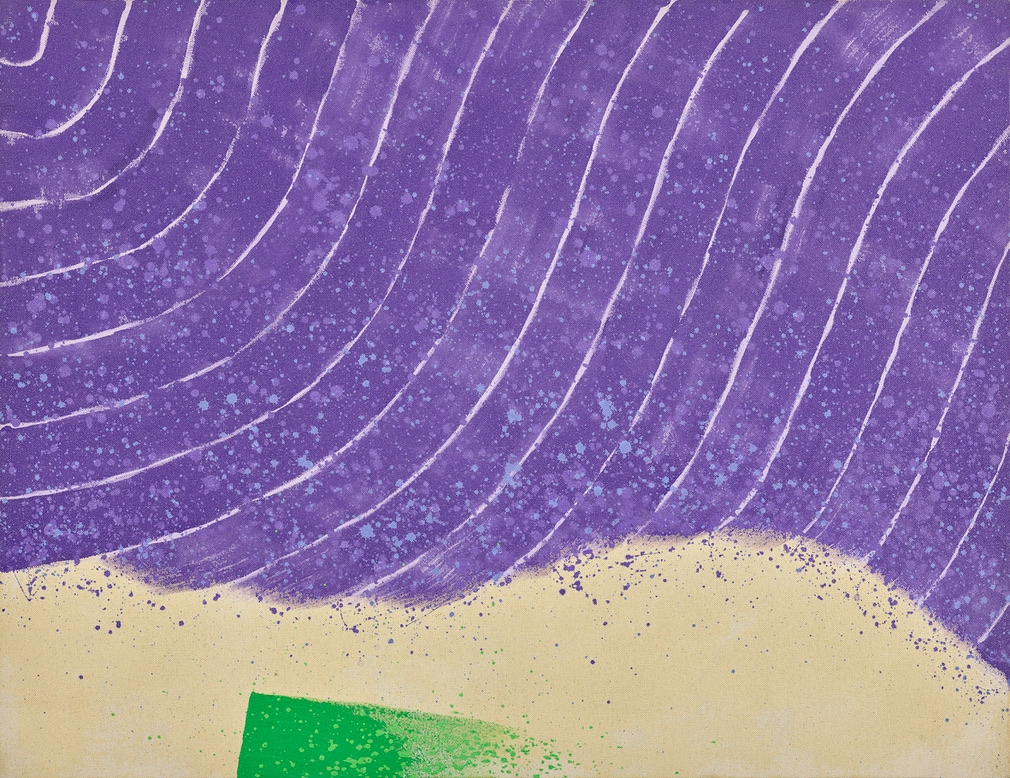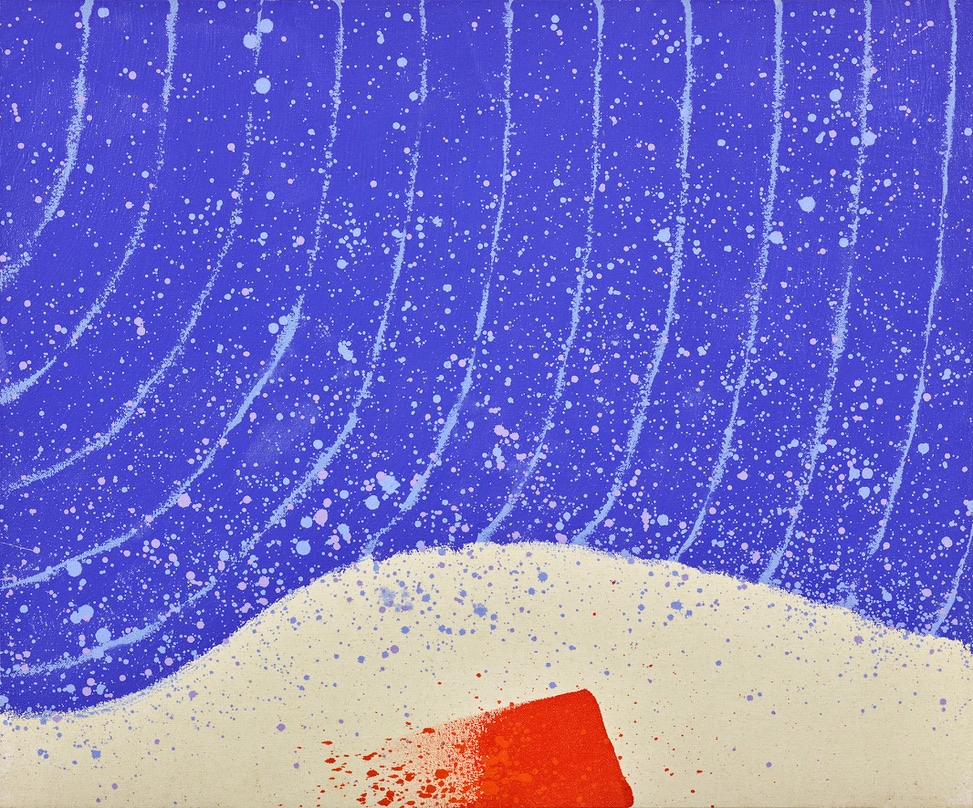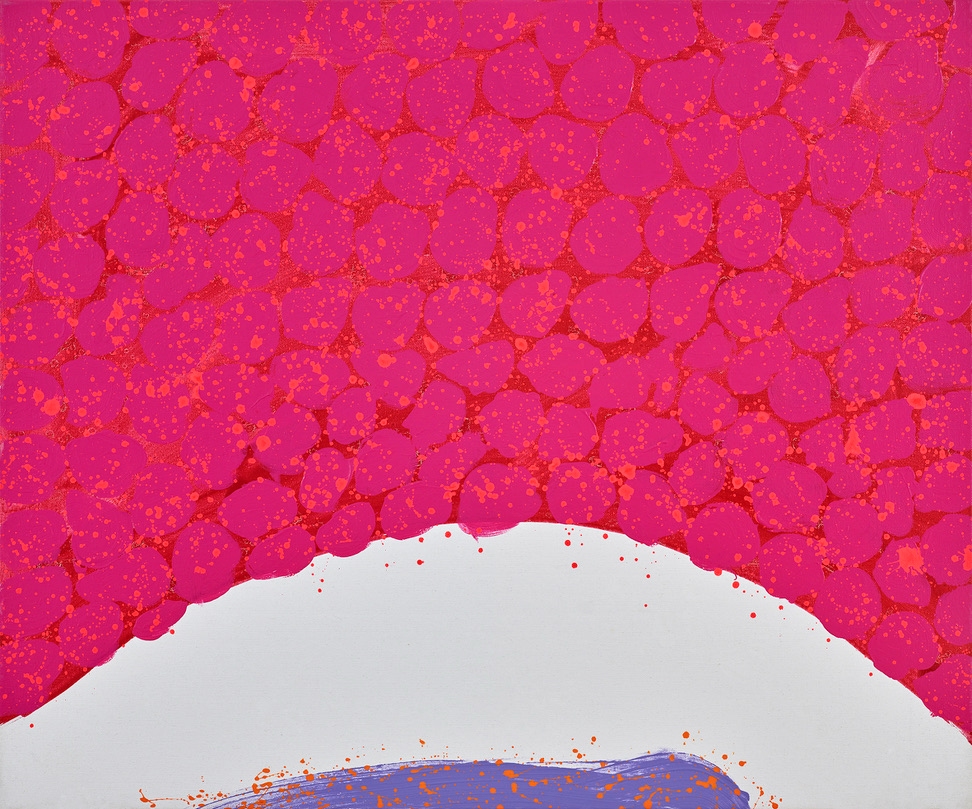Chin Hsiao
Taiwan
Hsiao Chin was born in 1935, in Shanghai, China and moved to Taiwan in 1949. In 1952, he studied under the avant-garde artist Lee Chun-Shan’s studio. In 1956, he co-founded the “Ton Fan Group” which focused on the abstract painting, and also led Taiwan modern art. He was also the member of the “Eight Great Outlaws”. Later, he studied in Spain and lived in Milan from 1955 to 1966.
During his time in Milan, he founded the "Punto International Art Movement", inviting artists from around the world to co-host thirteen exhibitions in Europe. Notable figures such as Lucio Fontana, the founder of Spatialism, participated in Punto exhibitions. The movement, defined by Eastern philosophical principles, became a representative movement in Europe during the 1960s.
He approaches his creative process as a journey to seek the meaning of life, with vivid thought pathways and a unique painting vocabulary evident in his works, testifying to his dedication to the philosophical pursuit through art. His exploration of the mysteries of the universe and the quest for life energy are reflected in symbols of circles and squares, echoing the Chinese concept of "heaven as round and earth as square" in defining the cosmos. Since the 1950s, Xiao has been regarded as a pioneering figure of contemporary Chinese art globally. For him, artistic creation is not the ultimate goal of life; rather, it is a means to explore the journey of life, discover the potential of the mind, and realize the true meaning of unity between heaven and humanity.
He has held important solo exhibitions at the National Taiwan Museum of Fine Arts, the Triennale di Milano Museum, and the Royal Academy of Fine Arts in Brussels. Additionally, a solo exhibition titled “Les Couleurs du Ch’an, Hommage a Hsaio Chin” was held at the Musée Guimet in Paris. Hsiao Chin's works are now in the collection such as the Museum of Modern Art in New York, the M+ Museum in Hong Kong, and art museums worldwide.

